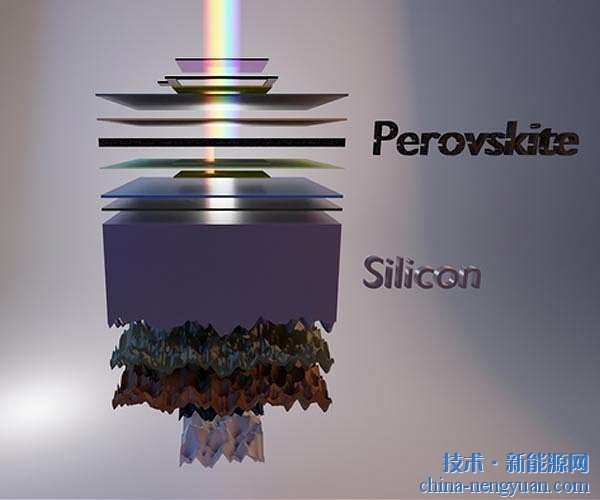 |
Although it's still too early to declare graphene as the true successor to silicon, recent breakthroughs from the Max Planck Institute for Polymer Research in Mainz, Germany, and the National University of Singapore have sparked a lot of excitement. In the world of physics, Fourier's law has long governed our understanding of heat transfer—essentially stating that a material's ability to conduct heat is independent of its size. For example, a single layer of aluminum will transfer the same amount of heat whether it's one inch or one mile long.
But here's the twist: graphene doesn't follow this rule. According to researcher Davide Donadio, the larger the graphene sample, the more heat it can absorb. This unusual behavior was predicted through advanced computer simulations and later confirmed by real-world experiments.
This discovery might not sound groundbreaking at first, but it's actually shaking up the foundations of physics and electronics. The implications are huge, especially when it comes to the development of next-generation chips.
As we all know, heat has always been a major challenge in miniaturizing electronic components. As devices get smaller, managing heat becomes more difficult, often limiting performance and lifespan. But with graphene, we're looking at a future where electronic devices could potentially "self-cool"—without the need for traditional cooling systems like heat sinks or fans. This could lead to longer-lasting, more efficient gadgets that perform better under heavy use.
In short, graphene isn't just another material—it's a game-changer, and it's pushing the boundaries of what we thought was possible in both science and technology.
Butterfly Valve,Wafer Type Butterfly Valve,Stainless Steel Butterfly Valve
Chongqing Xingjida Import and Export Trade Co., Ltd. , https://www.xjdvalve.com
![<?echo $_SERVER['SERVER_NAME'];?>](/template/twentyseventeen/skin/images/header.jpg)